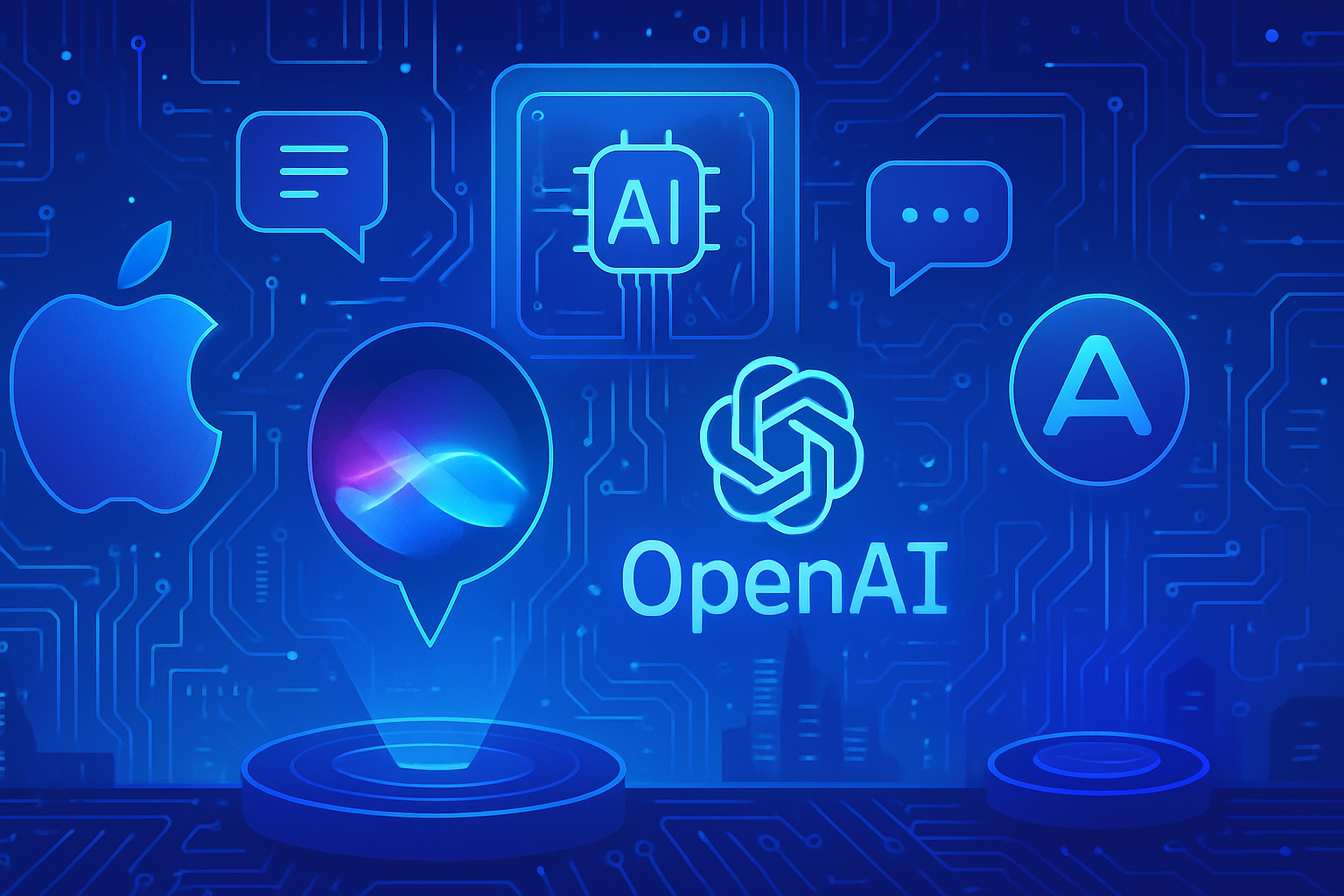The construction of the first AI growth area by the Labour Party raises serious concerns. _This area is located near a new reservoir_ designed to mitigate water shortages in the southeast of England. The rise of data centers for AI could exacerbate the pressures on already precarious water resources. _Estimates reveal astronomical water consumption_ for cooling servers, calling into question the sustainability of this initiative. The juxtaposition of technological innovation and environmental threats highlights a fundamental dilemma. _The balance between progress and resource preservation_ becomes crucial in a future already plagued by shortages.
Concerns About Water Supply
The British Labour Party has planned to establish a growth area in artificial intelligence near the first new reservoir built in the UK in three decades. This initiative raises serious concerns about the increased pressure on water resources in this already vulnerable region.
Abingdon Reservoir: Critical Issues
The reservoir, located in Abingdon, aims to supply the population of the southeast of England, an area suffering from severe water pressure. Experts warn that the rapid development of data centers for AI could worsen existing water shortages.
Water Consumption by Data Centers
AI data centers require significant amounts of water for their cooling systems, essential to prevent server overheating. According to estimates, the water consumed for each kilowatt-hour of energy could reach between 1.8 and 12 liters. As the UK seeks to balance its consumption, forecasts suggest an increased demand that could exceed 6.6 billion cubic meters of water by 2027.
Alarming Future Projections
By 2050, England could face a deficit of nearly 5 billion liters of water per day. The southeast has been identified as the most threatened region, with a high likelihood of depletion of water resources due to growing demand.
Impact on Businesses and Residents
AI ambitions risk undoing the progress made by businesses to reduce their water consumption. While the government aims for a 9% reduction in water consumption by businesses, the need for AI infrastructure could compromise this goal.
Political Reactions
Adrian Ramsay, co-leader of the Green Party, expressed concerns regarding this strategy. He emphasizes that communities already affected by drought and heatwaves could face increased water needs to power these new data centers.
Increasing Pressure on Resources
Professor Hannah Cloke from the University of Reading draws attention to the critical situation. Water demands are rising with the development of infrastructure, while climate change may exacerbate supply fluctuations.
Energy Consumption of Data Centers
AI data centers not only consume vast amounts of water but also a significant share of energy. The International Energy Agency forecasts that electricity consumption could double to reach 1,000 terawatt-hours by 2026, representing a major challenge for the *sustainability* of energy infrastructure.
Government Responses
The government has created a dedicated AI energy council to analyze the energy challenges associated with this technological revolution. Exploring sustainable energy solutions, such as modular nuclear reactors, is part of the discussions to support this expansion.
Alternative Perspectives on AI
Some scientists envision potential environmental benefits through AI. Concepts like intelligent control of energy systems could help reduce consumption. Dr. Shaun Fitzgerald from the University of Cambridge mentioned that AI could be used to optimize our existing energy system.
Support for Water Infrastructure
A spokesperson from Thames Water clarified that discussions are ongoing regarding the use of sustainable water sources to cool the data centers, rather than directly drawing from the recently established reservoir. The government has announced an investment of £104 billion in water infrastructure to improve supply resilience.
Frequently Asked Questions About Water Shortages in Relation to the AI Growth Area
What is the potential impact of the AI growth area on local water supply?
The construction of AI data centers could increase pressure on water resources due to the water consumption needed for cooling servers, particularly in an area already vulnerable to water shortages.
What is the water requirement for operating AI data centers?
On average, data centers can consume between 1.8 and 12 liters of water per kilowatt hour of energy used, which represents a significant volume of water given the projected growth of AI.
How might this initiative affect local communities already experiencing water stress?
Communities like Culham, which are already facing water access issues, could see their water needs exacerbated by the increased consumption by data centers, jeopardizing their supply.
What efforts are being made to mitigate the impact of AI on water resources?
Efforts are being considered, such as exploring sustainable water sources to cool data centers, and implementing advanced cooling systems designed to reduce water consumption.
What are the forecasts for water demand by 2050 in England?
Projections indicate a possible deficit of nearly 5 billion liters of water per day by 2050 in England, with the southeast facing a deficit of more than 2.5 billion liters per day, exacerbated by the expansion of AI-related infrastructure.
How does the government plan to balance AI needs with water resource sustainability?
The government plans to work with energy companies to assess and manage the energy and water demands of data centers while exploring clean energy solutions to power these infrastructures.
Are data centers subject to regulations regarding water use?
Currently, data centers do not always require approval regarding water supply, raising concerns about their impact on local resources.
What alternative cooling solutions could be used to reduce water use?
Solutions such as outdoor air cooling or the use of surface waters instead of reservoir water are being considered to minimize the impact on water resources.






